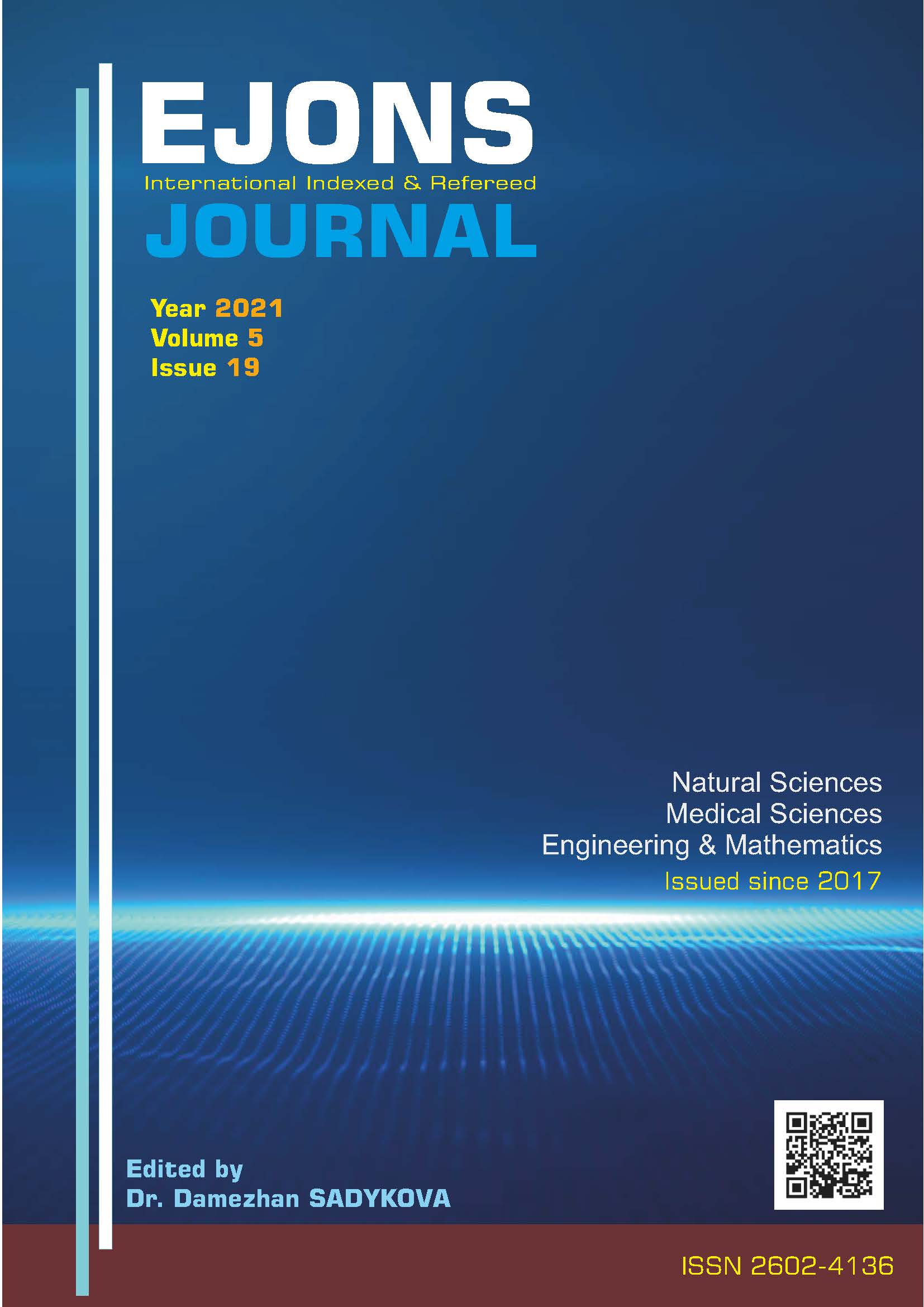DETERMINATION OF THE FREQUENCY OF PULMONARY STRAIN IN HUMAN AND ANIMALS BY ECHOCARDIOGRAPHY
DOI:
https://doi.org/10.38063/ejons.485Keywords:
pulmonary stenosis, Doppler echocardiography, human and animalAbstract
Goal; The pulmonary valve is located between the right ventricle and the pulmonary artery. Pulmonary valve stenosis (PD) is the narrowing of the pulmonary valve, which normally opens completely and allows the passage of blood from the right ventricle to the pulmonary artery, and obstructs this passage for various reasons. In our study, the incidence of valve stenosis in humans and animals is to be shared. Method; In our study, in 4 (four) animals and 15 (fifteen) people with pulmonary stenosis, two-dimensional, PW Doppler and CW Doppler echocardiography were performed and the results were compared in both groups. Results; Two-dimensional echocardiography was performed in both patient groups. Pulmonary insufficiency flow and stenosis samples were obtained by color Doppler Echocardiography in animals. In humans, the ratios of TAPSE with two-dimensional echocardiography, tricuspid E and A waves, E/A ratio, ET and EDZ with PW Doppler echocardiography were evaluated. Result; Pulmonary valve insufficiency and stenosis seen in humans and animals appear as congenital
Downloads
Published
How to Cite
Issue
Section
License

This work is licensed under a Creative Commons Attribution-NonCommercial 4.0 International License.


